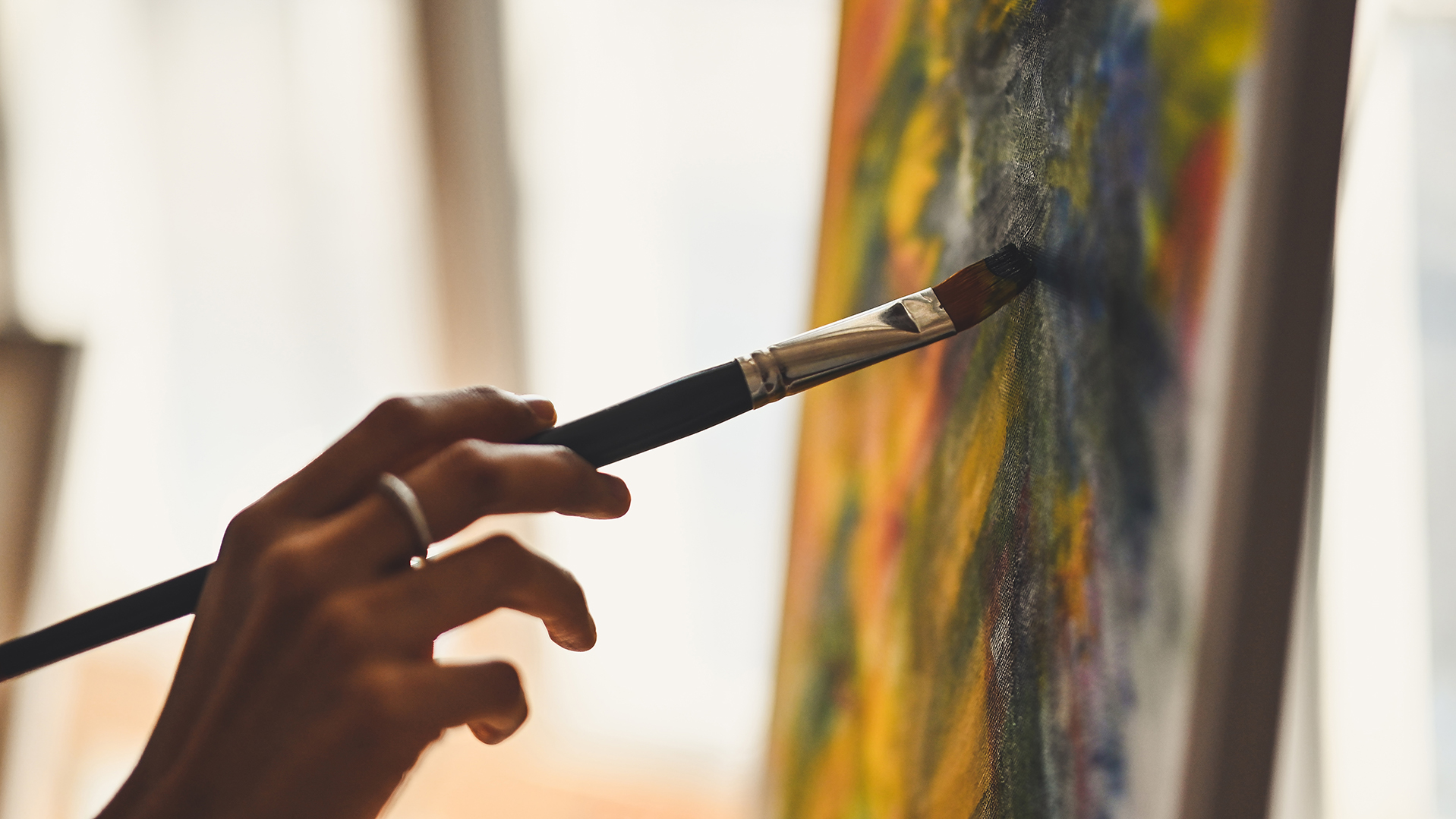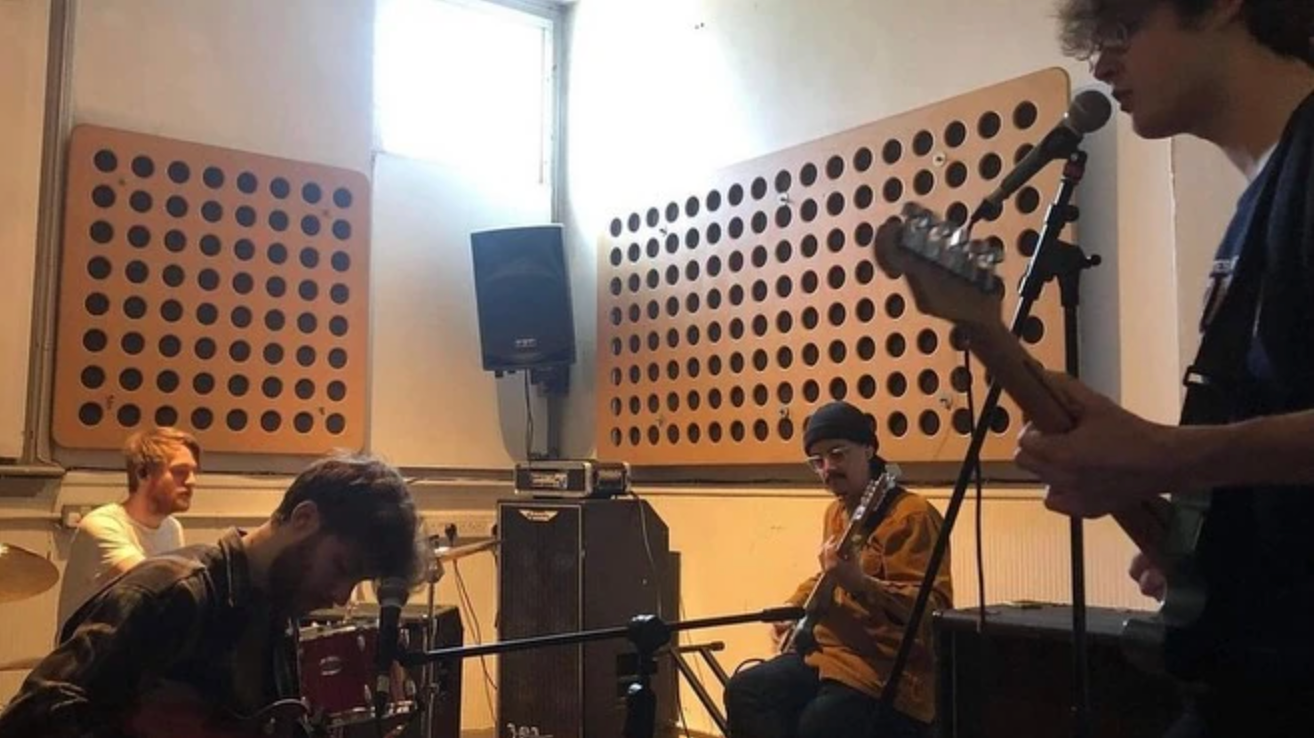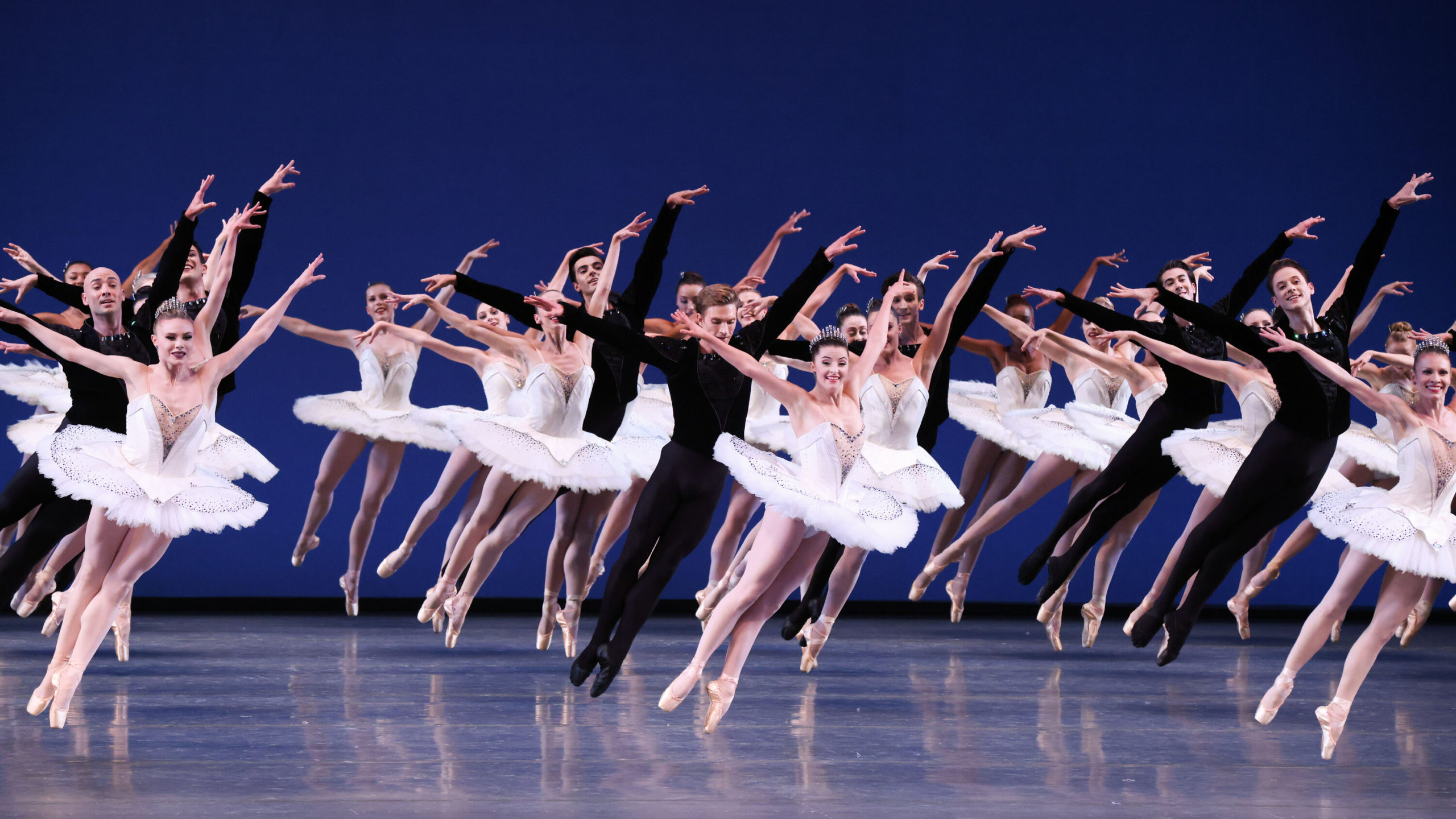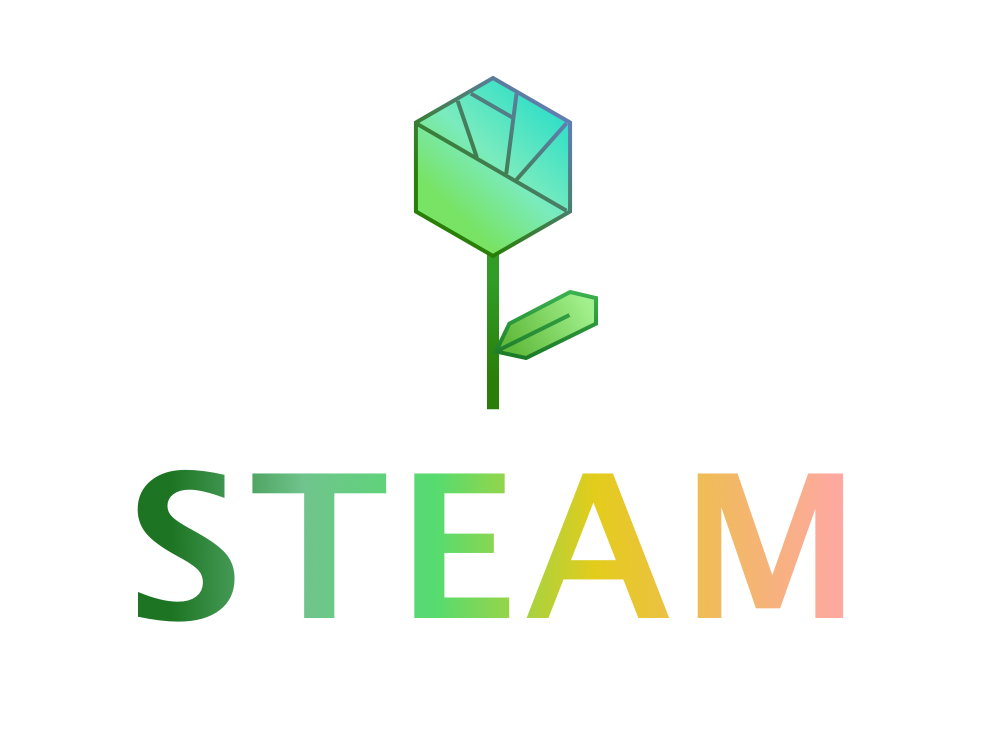The 7 Arts
(Included Added Notes From a Synesthete)
Written by Barros | April 20th, 2023 | Art
Taking a break from my typical writings and musings about the sciences of this vast universe that we have just barely been able to discover, today I would like to take you on a journey through the “A” of STEAM: Arts. But what is art, really?
When most people think of art, they tend to focus on more traditional forms of art such as painting on canvas, drawing with a pencil on paper, or using oil pastels on an art board. Some may even think about digital art forms that use software such as Photoshop, Procreate, or AI art generators like DALL-E and MidJourney. However, did you know that there is more to art than just the splashes of color across a canvas or screen?
You may have heard the term “The Arts.” That’s because there are many different kinds of art, some of which you may not even initially consider to be art. To be clear, according to Oxford’s English Dictionary and Google, art is “the expression or application of human creative skill and imagination, typically in a visual form such as painting or sculpture, producing works to be appreciated primarily for their beauty or emotional power.” As you might guess, that definition is pretty broad, and in fact covers 7 main categories.
Join me as I explore the 7 types of art humans create that invoke such awe and emotional response.
Painting
As I mentioned before, this one is quite obvious. This field of art isn’t limited to just literal paints such as the watercolor palettes you may have used in grade school, but also includes things like colored pencils, charcoal sticks, digital painting, and even your everyday graphite pencil or ink pen. Those doodles you made in your notebook during math class? That’s a form of painting. That hand turkey your little cousin gave you last Thanksgiving? That’s a form of painting too. The Eden Gallery defines painting as “the process of applying paint or another medium to a solid surface – usually a canvas. Paints or other forms of color are commonly applied using a paintbrush,” which means that even drawing on your hand in pen is considered painting. So, grade school me, you are a true painter after all!

Sculpture
From clay molding to marble chipping, sculpture is another field, like most others, that takes many forms. This is a very common form of art that you most likely see and even interact with every day. Sculptures are not just Lady Liberty and Mount Rushmore, but they also include clay vases, sanded down wooden furniture, and sandcastles at the beach. Even you moving around your mashed potatoes on your plate is a very simple form of sculpting. A quick Google search tells us that sculpting is “the art of making three-dimensional representative or abstract forms, especially by carving stone or wood or by casting metal or plaster.” The Eden Gallery confirms this with their definition of sculpting, stating that “it takes the form of hard or plastic materials worked into three-dimensional objects.” So, be proud of that sand (or snow, or dirt) castle!
Literature
As an experienced writer, I feel a sense of pride in knowing that what I am doing is a form of art. Many people see the word “literature” and think of Shakespeare and the feeling of trying to follow along in English class. While those things are related to literature, even just writing about your day is considered literature. Have you ever kept a journal or diary? That’s literature. Submitted an essay for a grade? Literature. Written a song or poem about your feelings or freestyled with your friends for a laugh? That’s literature too! Merriam-Webster’s definition of “literature” is as follows: “writings in prose or verse; especially writings having excellence of form or expression and expressing ideas of permanent or universal interest.” So, those freestyle jams that are letting out your ideas off the top of your head? Real and true literature, despite what your English teacher may say. (I would still refrain from spitting bars in class though, unless you’re in a lesson about poetry—then, maybe.)
Music
From Beethoven to Blackpink to Doja Cat, music is ubiquitous and has been an integral part of the human experience for centuries, used to tell stories in ancient civilizations and express the emotions of people around the world, whether oppressed or elated. According to Merriam-Webster, music is defined as “vocal, instrumental, or mechanical sounds having rhythm, melody, or harmony,” so even your off-beat friend attempting to rap to Drake’s latest release can be considered a musician if he puts some harmony into it! Even if you’re not a singer or an instrumental prodigy, you can still participate in music creation by plucking a few guitar chords, humming a melody, or tapping a pen against a table. This is because music is not only about singing scales in a choir or playing Minuet in G on the piano every day (yeah, that was tiring). By having a rhythm, anyone can partake in this global form of expression.

Cinema
Lights, camera, action! According to Merriam-Webster, cinema is defined as “the art or technique of making motion pictures.” You may have seen those large rolls of film or heard of “frames per second” when looking into camcorders or video games. All of these aspects contribute to the creation of movies, which consist of multiple still shots that are pieced together very fast to produce the illusion of a moving image (hence the term “motion picture”). Why not try making your own motion picture? Layer about ten small pieces of paper and draw something on the corner of the first page, like a flower. On the next page, draw the flower in the same way but bent slightly to the right. Continue bending the flower further on each page. When you flip through the pages rapidly, the flower will appear to be bending to the right. This is called a flip-book and is one of the earliest-developed forms of cinematography. However, keep in mind that animation is not the same as cinematography. The only reason flip-books would be considered cinematography is that the oldest ones still had to be photographed and assembled into pictures.
Architecture
Houses, buildings, gingerbread homes; they are all the result of architecture. If you have ever built a pillow fort, assembled a piece of furniture, played with LEGOs, or even made a sandwich, you have participated in the art of architecture. Marriam-Webster defines architecture as “the art or science of building and especially designing buildings,” which means that everyone reading this has engaged in this incredibly common form of expression. Buildings are ubiquitous, from the towering skyscrapers in major cities to the school your neighbor attends. They are an essential part of modern human existence. While some may not immediately recognize architecture as an art form, allow me to attempt to persuade you.
Let’s say you are an architect in love. You want to create an alarm clock that says “Good morning, honey!” every morning for your partner. Although this project involves robotics and other technical skills, the design and construction of the clock requires full and undeniable architectural expertise. Architecture is more than just designing buildings; it is about problem-solving, creativity, and innovation. Whether you are designing a home, creating a piece of furniture, or building a clock, architecture is the foundation of the process.
Theater
Fifth position, pirouette, fifth position, plié, straighten. From ballet to hip-hop to theater productions like Hamilton and Dear Evan Hansen, performing arts are among the most physically demanding forms of expression. As a beginner in ballet, I initially struggled to see the artistry in the technicality of the discipline, as I worked on my flexibility, turnout, and posture. But I soon realized that each frappé or fondue was a release of pent-up stress and anxiety. Productions like Swan Lake are visual stories, showcasing the struggles of the main character. Meanwhile, acting on Broadway (like on the show Heathers) or on camera (like on the show Friends) involves expressing the emotions and actions of a character that viewers can relate to.
Theater is defined by Marriam-Webster as “dramatic representation as an art or profession,” while drama is defined as “a composition in verse or prose intended to portray life or character or to tell a story usually involving conflicts and emotions through action and dialogue and typically designed for theatrical performance.” Whether it’s your home videos from childhood or an acting production at a local theater club, any form of dramatic representation counts as theater. So, the next time someone calls someone else a “theater kid” or “drama queen” for over-exaggerating their dislike for something, know that technically, they’re not entirely wrong!

But Where’s Photography?
While some people might like to shove photography into the cinematography category, it simply cannot be part of cinema, as it involves isolated still pictures. Some might try to put photography in the painting category, as photographs were originally imprinted onto paper and developed in a photography lab, but even then, the definition of art applies more to the act and presentation of the work than the preparation of it.
This being said, there is still a debate among those in the art community over whether photography is an art form, and if so, in what cases.
Some argue that photography is not an art form; it is a literal picture of something, rather than an artistic interpretation. While a model dressed in exuberant clothing may be artistically expressing their feelings by performing, they fit into theater, and the photograph itself does not fit into any art category.
Others argue that the editing, color-correcting, and technological setup of photography may be a form of art.
I personally think that the aforementioned are definitely skills, but the expression that is so prominent in the act of creating art is not there, meaning that photography does not fit into the traditional definition of art.
Nevertheless, the definition of art has been stretched to include things like photography; many art schools, for instance, will nowadays include photography courses alongside cinematography and traditional painting.
Speaking of Photography… Check Out Our Annual Photography Contest!
Interested? Click the button below to find out more about how you can participate! The submission deadline is May 22nd, so hurry up and send in your photos!
My Additional Notes as a Synesthete
Not many people know this about me, but I experience what is known as Synesthesia, and have been aware of it as a phenomenon since I was around 12 years old. What this means is that for the majority of my life, I have had the unconscious ability to associate certain phrases, words, sounds, and visuals with colors. Some visuals or sounds even have smells or textures, but this is drastically less common for me.
While some may assume that this is inherently a disability, it is in fact not because it has no disabling factors. It is merely a condition, like being left-handed, and is not in the DSM V (the diagnostic manual for psychiatrists).
That clarification aside, the arts have always been a very prominent and re-occurring trigger for these unintentional responses. For example, I associate the song “Pop!” by Nayeon with a very light, pastel orange, and I will usually have that color in the back of my mind whenever I listen to it, just as you may have a song stuck in your head as you work on homework.
Watching ballet performances will typically invoke the perceptive recognition of feeling a soft texture, like a blanket, and have a magenta-purple hue in the back of my mind.
Neither of these are loud, disruptive thoughts; they’re background happenings that don’t really affect my life, but that I still find to be interesting psychological concepts.
Conclusion
Art is everywhere, present in everything from dancing to your favorite song to even this article I am writing. It is so pervasive that some forms of it, such as architecture, are often overlooked as an art form altogether. Most people, whether intentionally or not, have engaged with some form of art at least once in their lives. If you haven’t, I would recommend giving it a try if you have the opportunity! Art is one of the healthiest ways to express your feelings, thoughts, and ideas, and can lead to awe-inspiring works and performances like no other. So go ahead, unleash your inner artist! Sing a tune, draw a doodle, and rock the world with your creativity!
Sources
Information
- Define Art: https://www.google.com/search?q=define+art&sxsrf=AJOqlzXlk6kghU9-dpXK6yZ0tnRIXtFFdw%3A1677999651599&ei=Iz4EZO2hJOKdwbkP8q6qgAI&ved=0ahUKEwitv6rpm8T9AhXiTjABHXKXCiAQ4dUDCA8&uact=5&oq=define+art&gs_lcp=Cgxnd3Mtd2l6LXNlcnAQAzIECCMQJzIECCMQJzIFCAAQkQIyCAgAELEDEJECMgUIABCRAjIKCAAQgAQQFBCHAjIFCAAQgAQyBQgAEIAEMggIABCABBCxAzIICAAQgAQQsQM6CggAEEcQ1gQQsANKBAhBGABQngNYngNgoAhoAXABeACAAW6IAW6SAQMwLjGYAQCgAQHIAQjAAQE&sclient=gws-wiz-serp
- 7 Kinds of Art: https://www.eden-gallery.com/news/7-different-forms-of-art
- What is Painting: https://www.eden-gallery.com/news/what-is-painting
- What is Sculpture: https://www.eden-gallery.com/news/what-is-art-sculpture
- Define Literature: https://www.merriam-webster.com/dictionary/literature
- Define Cinema: https://www.merriam-webster.com/dictionary/cinema
- Define Architecture: https://www.merriam-webster.com/dictionary/architecture
- Define Theater: https://www.merriam-webster.com/dictionary/theater
- Define Drama: https://www.merriam-webster.com/dictionary/drama
- Is photography an Art?: https://www.eden-gallery.com/news/what-is-photography
Images
- Painting Picture: https://developer-blogs.nvidia.com/wp-content/uploads/2022/01/AdobeStock_327477069.jpeg
- Lovejoy Recording Music Picture: https://static.wikia.nocookie.net/lovejoy/images/e/e0/AYA_Recording.jpg/revision/latest/scale-to-width-down/659?cb=20210613125830
- Ballet Picture: https://static01.nyt.com/images/2022/09/10/arts/07cityballet-item/merlin_195125808_698375a3-cd67-49c9-a809-e3415ad3d26c-videoSixteenByNine3000.jpg
Further Reading
- Further reading on Synesthesia: https://www.scientificamerican.com/article/what-is-synesthesia/
New to Pearson Online Academy? Learn More Here.
